Mastering Around the Clock darts: hitting doubles version significantly enhances your dart-playing accuracy and target focus, transforming a casual game into a precision challenge. This article provides a comprehensive guide to improving your double-hitting skills, from basic techniques to advanced strategies. You’ll also learn effective practice drills and mental strategies to consistently hit those crucial doubles under pressure.
⚠️ Still Using Pen & Paper (or a Chalkboard)?! ⚠️
Step into the future! The Dart Counter App handles all the scoring, suggests checkouts, and tracks your stats automatically. It's easier than you think!
Try the Smart Dart Counter App FREE!Ready for an upgrade? Click above!
Why Focus on Hitting Doubles in Around the Clock Darts?
The regular version of “Around the Clock” focuses on hitting each number in sequence. However, the Around the Clock darts: hitting doubles version elevates the difficulty, requiring you to hit the double segment of each number, in order, from 1 to 20. This adds a layer of complexity that demands precision, control, and mental fortitude. Hitting doubles consistently is crucial for competitive darts, and this variation provides excellent practice.
Think of it this way: in standard games like 501, finishing on a double is often the key to victory. Mastering double-hitting techniques through “Around the Clock” can dramatically improve your chances of winning.
Essential Techniques for Accurate Double Hitting
Several key techniques contribute to successfully hitting doubles. These include stance, grip, aim, and release. Perfecting each element will drastically improve your accuracy and consistency.
Stance and Posture
Your stance provides the foundation for your throw. A stable and balanced stance is crucial for maintaining consistency. Here’s what to consider:
- Foot Placement: Position your dominant foot forward, pointing towards the dartboard. Your non-dominant foot should be slightly behind, providing balance. Experiment to find what feels most comfortable and stable for you.
- Body Alignment: Maintain a straight posture, avoiding leaning too far forward or backward. A slight lean is acceptable, but ensure it doesn’t compromise your balance.
- Weight Distribution: Distribute your weight evenly between both feet. This will help you maintain stability throughout your throwing motion.
Remember that consistent stance is vital for a consistent throw. You might also consider Basic Darts Fundamentals for Beginners for help.
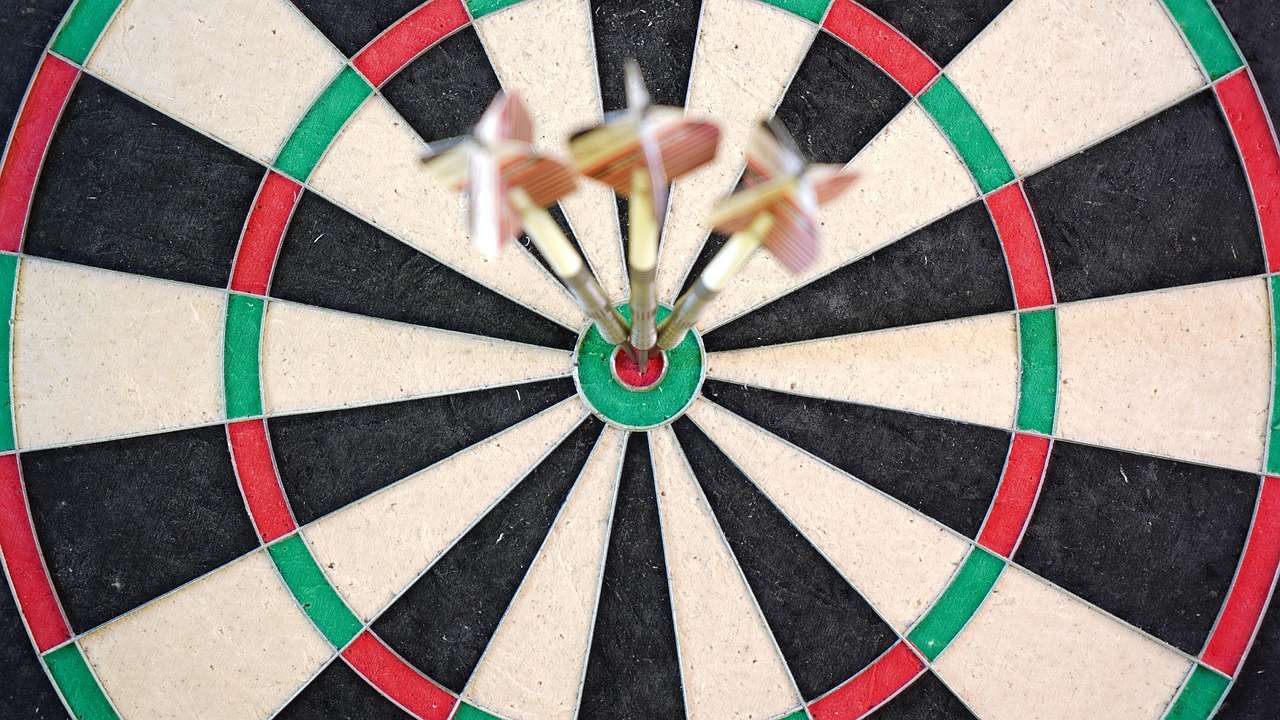
Grip and Dart Control
The way you grip the dart significantly impacts your control and accuracy. There’s no one “right” way to grip a dart, but here are some guidelines:
- Consistency: Find a grip that feels comfortable and allows you to release the dart cleanly and consistently.
- Pressure: Avoid gripping the dart too tightly. A relaxed grip allows for a smoother release and reduces tension in your arm.
- Finger Placement: Experiment with different finger placements to find what works best for you. Some players use two fingers and a thumb, while others prefer three fingers and a thumb.
A common mistake is squeezing the dart too hard, leading to erratic throws. Focus on a relaxed, controlled grip.
Aiming and Focus
Accurate aiming is paramount when playing Around the Clock darts: hitting doubles version. Since doubles are much smaller than single sections, precision is key. Try these aiming techniques:
- Visualisation: Before throwing, visualize the dart hitting the target double. This mental preparation can improve your focus and accuracy.
- Target Fixation: Focus your eyes intently on the target double. Avoid distractions and maintain your focus throughout your throwing motion.
- Adjustments: Be prepared to make minor adjustments to your aim based on previous throws. If you consistently miss to the left, adjust your aim slightly to the right.
Don’t rush your aim. Take a moment to focus and visualize before each throw.
The Release
A smooth and consistent release is the final piece of the puzzle. A jerky or rushed release can throw off your aim and accuracy. Key elements of a good release include:
- Follow Through: Extend your arm fully towards the target after releasing the dart. This helps maintain a smooth and consistent throwing motion.
- Wrist Action: Use a controlled wrist flick to impart spin on the dart. This can improve its stability in flight.
- Timing: Maintain consistent timing throughout your throwing motion. Avoid rushing the release or pausing at any point.
Practice your release slowly and deliberately, focusing on smoothness and control. A consistent release will lead to more consistent results.
Effective Practice Drills for Hitting Doubles
Practice is essential for improving your double-hitting accuracy. Incorporate these drills into your training routine to hone your skills.
The “Double-In, Double-Out” Drill
This drill simulates a real game scenario where you need to start and finish on a double. The rules are simple: You must start with a successful throw on any double on the board. Then, you proceed as normal, scoring until you can finish on a double of your choice. This drill greatly enhances your ability to hit doubles under pressure.
The “Around the Clock: Doubles Only” Challenge
This is essentially the game of Around the Clock darts: hitting doubles version. Start at double 1, then double 2, and so on, until you reach double 20. The goal is to complete the circuit with the fewest number of darts possible. This will focus your aiming specifically on the doubles segments and help you develop consistent accuracy.
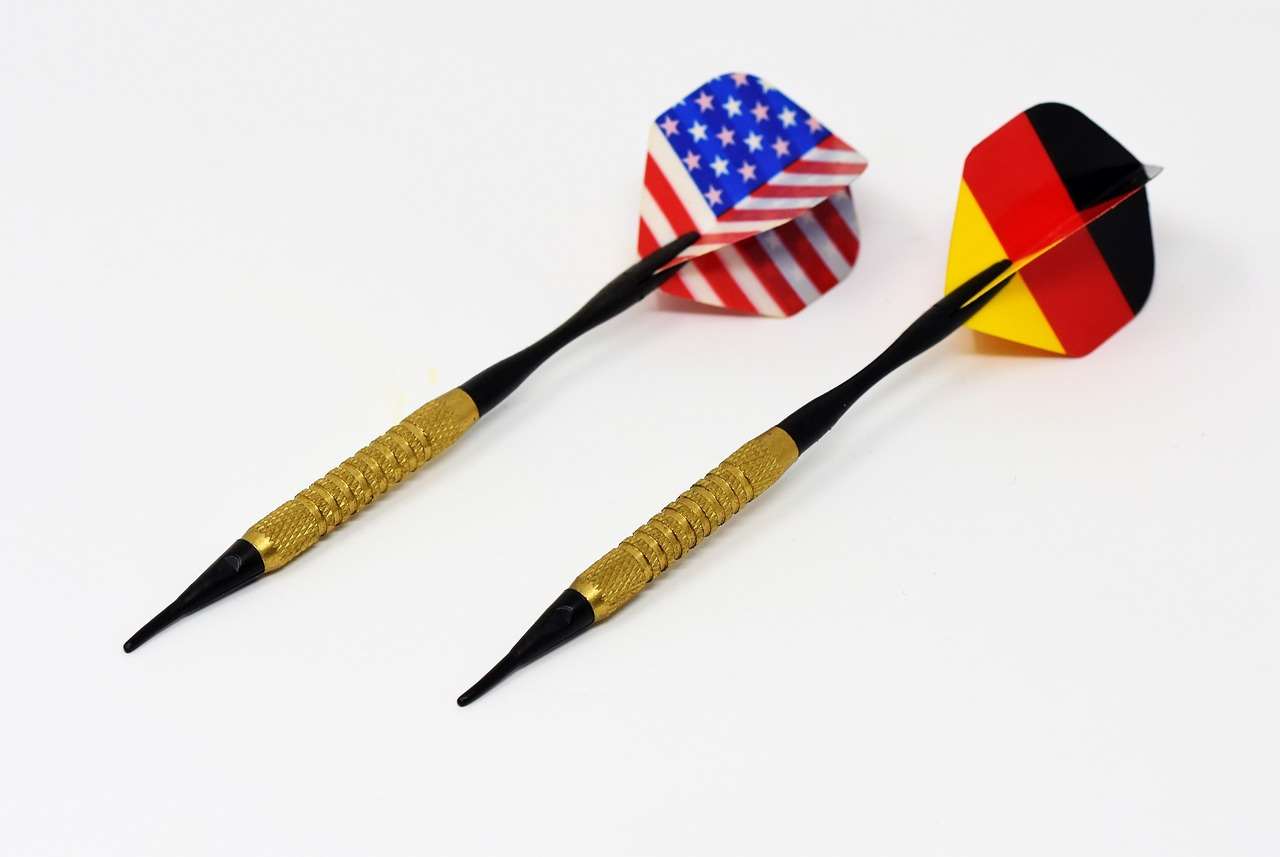
The “20, Double 20, Bullseye” Drill
This drill combines accuracy in the standard 20 with the precision required for hitting doubles, culminating in a shot at the bullseye. Aim for 20, then double 20, then the bullseye. Repeat this sequence multiple times. This builds general accuracy and helps you transition smoothly between different targets.
The “Targeted Double” Repetition
Choose a specific double (e.g., double 16). Throw 20 darts at that double. Record how many you hit. Repeat this exercise daily and track your progress. This helps build muscle memory and improves your accuracy on that particular double.
Mental Strategies for Consistent Double Hitting
Mental strength is just as important as physical skill in darts. Develop these mental strategies to improve your performance:
Positive Self-Talk
Replace negative thoughts with positive affirmations. Instead of thinking “I always miss this double,” tell yourself “I can hit this double.” Positive self-talk can boost your confidence and improve your focus.
Visualization Techniques
Before each throw, visualize the dart hitting the target double. Imagine the trajectory of the dart and the feeling of success. Visualization can help you mentally prepare and improve your accuracy. You can find more on improving your aim in Adapting darts rules for small spaces: tips and tricks
Managing Pressure
Learn to manage pressure effectively. Take deep breaths, focus on the present moment, and avoid dwelling on past mistakes. Remember that everyone misses sometimes, even the pros.
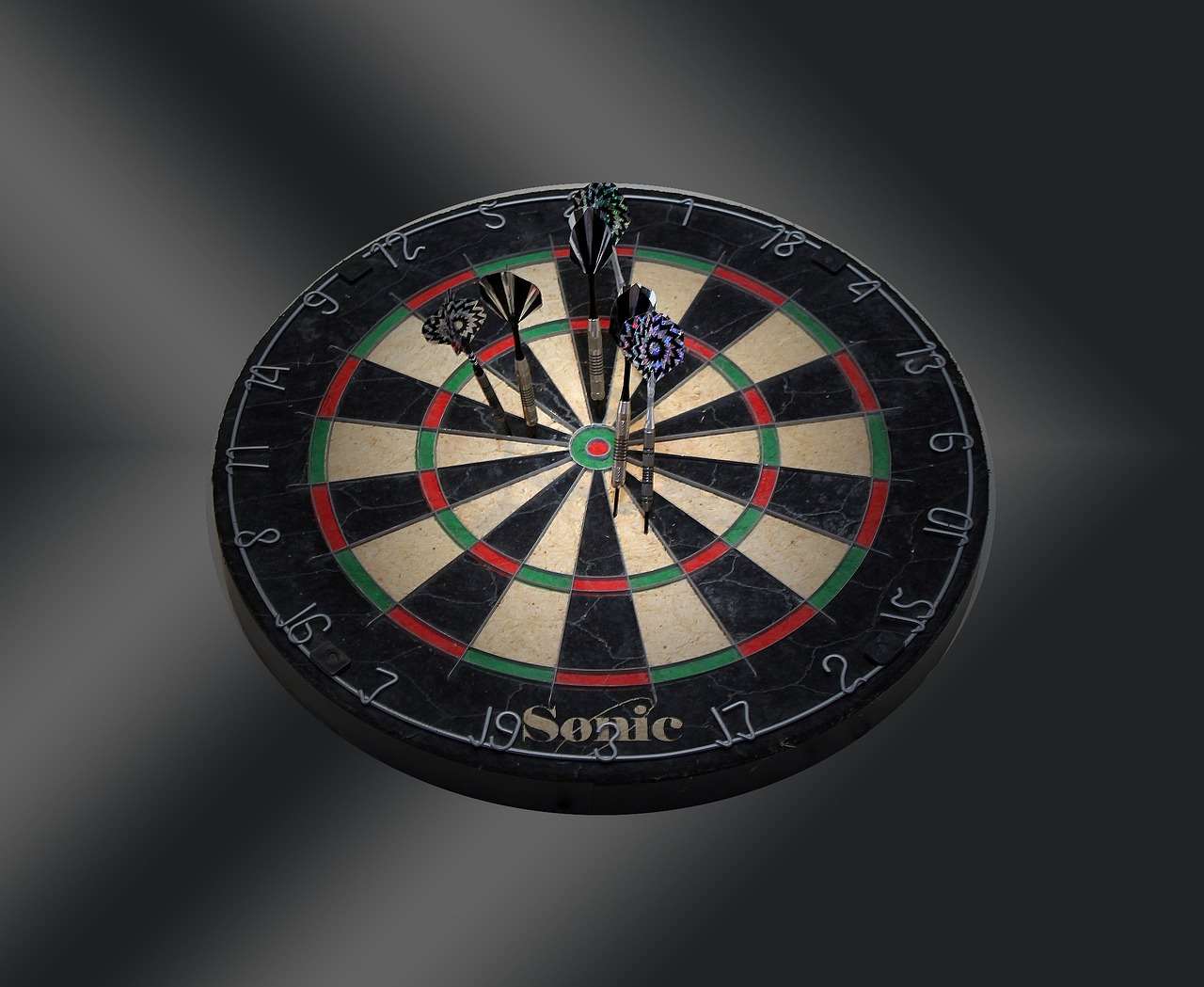
Developing a Routine
Establish a pre-throw routine to help you stay focused and consistent. This routine might include taking a deep breath, adjusting your grip, and visualizing the target. A consistent routine can help you maintain your composure under pressure.
Choosing the Right Darts for Double Hitting
The type of darts you use can impact your accuracy. Experiment with different weights, shapes, and materials to find the darts that best suit your throwing style.
Weight and Balance
Dart weight is a personal preference. Lighter darts (around 20 grams) are often preferred by players who use a flicking motion, while heavier darts (around 26 grams) are better for players who use a more forceful throw. Experiment to see which weight feels most comfortable and allows you to throw consistently.
Grip and Barrel Design
The barrel design also affects your grip. Some barrels have knurled surfaces for added grip, while others are smooth. Try different barrel designs to find one that provides a comfortable and secure grip. If you want to add another layer of strategy, consider Fun dart game variations with modified rules.
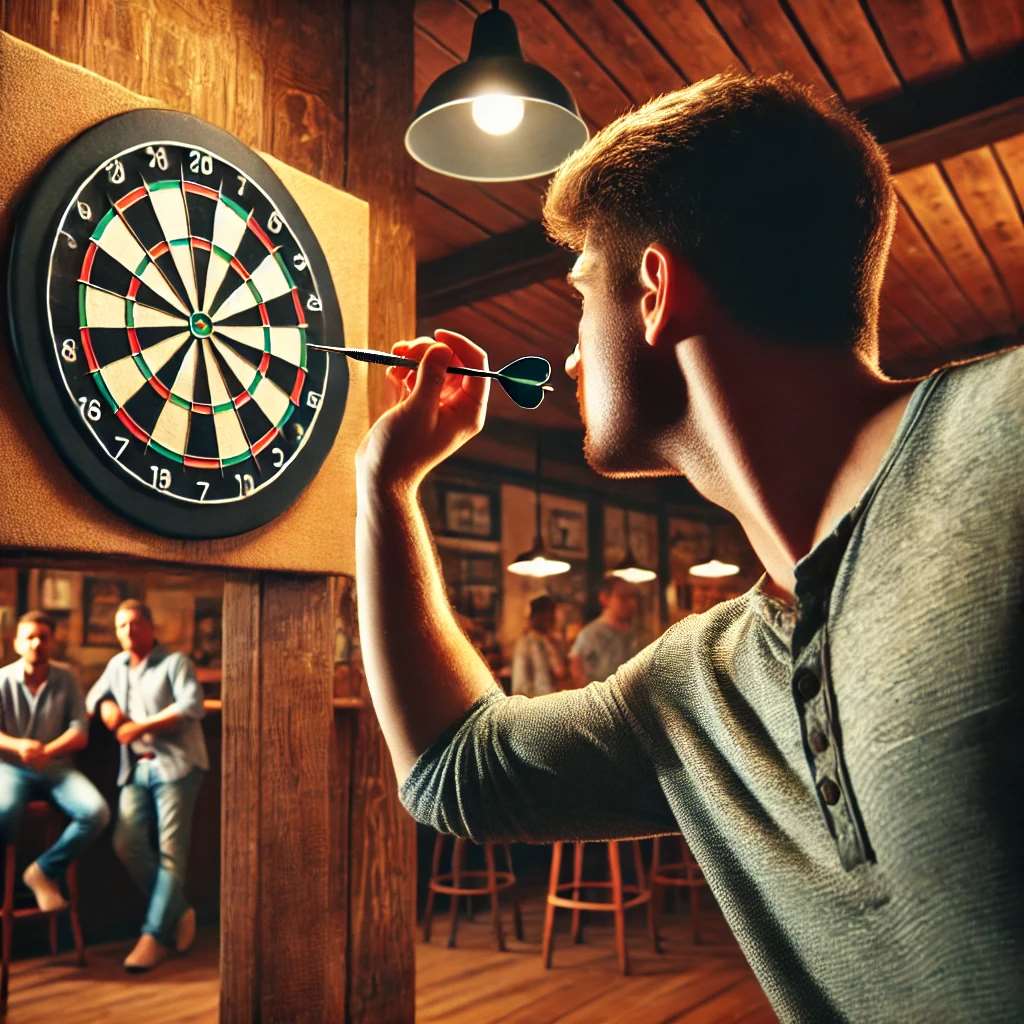
Shafts and Flights
Shafts and flights affect the dart’s aerodynamics and stability in flight. Experiment with different lengths and shapes to find what works best for you. Shorter shafts generally provide more stability, while longer shafts offer more forgiveness. Similarly, smaller flights are more stable, while larger flights provide more lift.
Advanced Strategies for Around the Clock Darts: Hitting Doubles Version
Once you’ve mastered the basics, you can explore more advanced strategies to take your game to the next level. These include:
Target Prioritization
In a real game, you may need to prioritize certain doubles based on your current score and remaining darts. Learn to assess the situation and choose the most strategic double to aim for.
Strategic Setup Shots
Sometimes, you may need to throw a setup shot to leave yourself a more favorable double. For example, if you’re on 33, you might throw a single 17 to leave yourself with double 8.
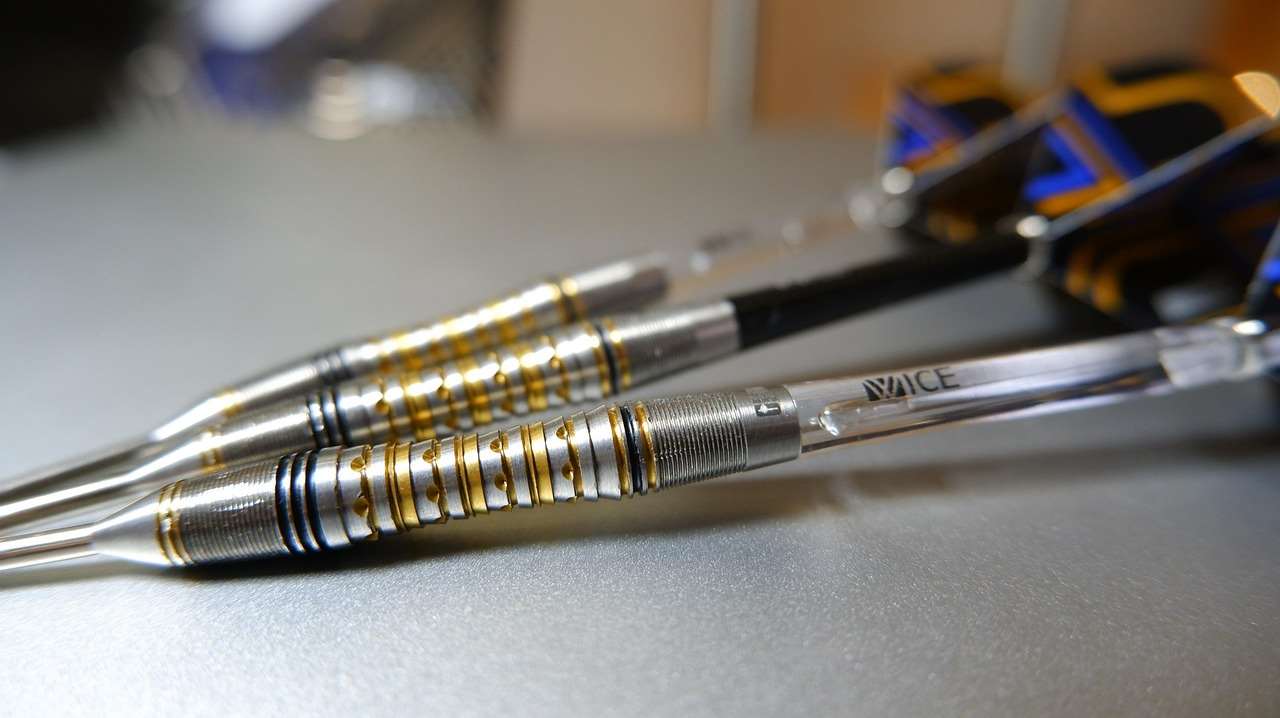
Adapting to Different Boards
Dartboards can vary in their density and wear. Learn to adapt your throwing style to different boards to maintain your accuracy. So, in mixed level competition, consider Modifying rules for mixed-level dart players.
Conclusion
Mastering Around the Clock darts: hitting doubles version requires dedication, practice, and a strategic approach. By focusing on essential techniques like stance, grip, aim, and release, implementing effective practice drills, developing mental strategies, and choosing the right equipment, you can significantly improve your double-hitting accuracy. Don’t forget to track your progress and celebrate your improvements along the way. Start practicing today and watch your dart game soar! Now go practice hitting doubles and improve your overall game! For more ideas, consider Creative dart rules for parties and social gatherings for your next game.
Hi, I’m Dieter, and I created Dartcounter (Dartcounterapp.com). My motivation wasn’t being a darts expert – quite the opposite! When I first started playing, I loved the game but found keeping accurate scores and tracking stats difficult and distracting.
I figured I couldn’t be the only one struggling with this. So, I decided to build a solution: an easy-to-use application that everyone, no matter their experience level, could use to manage scoring effortlessly.
My goal for Dartcounter was simple: let the app handle the numbers – the scoring, the averages, the stats, even checkout suggestions – so players could focus purely on their throw and enjoying the game. It began as a way to solve my own beginner’s problem, and I’m thrilled it has grown into a helpful tool for the wider darts community.